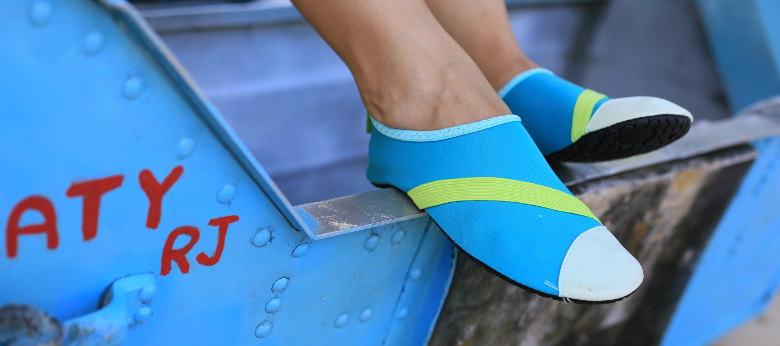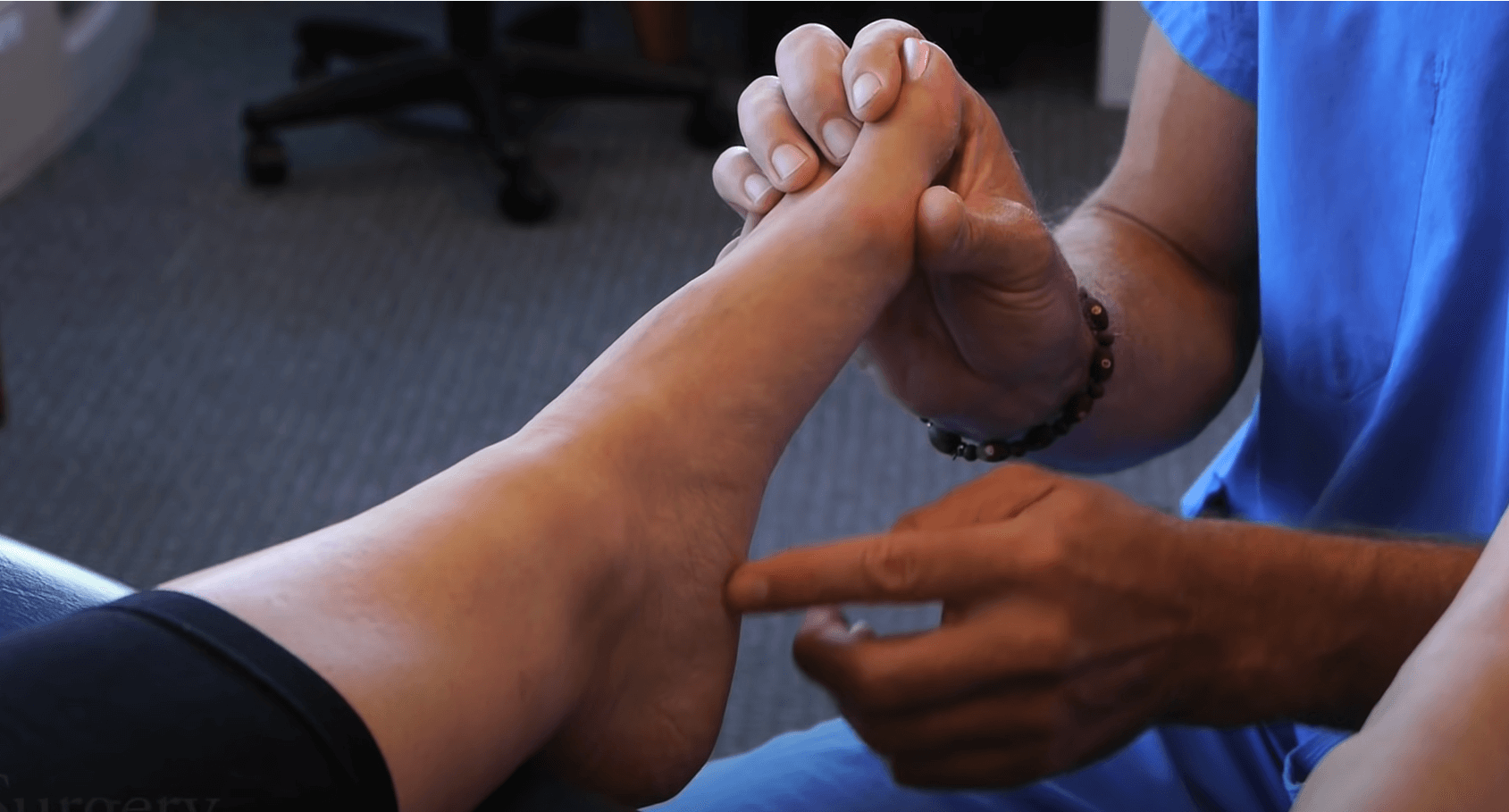With 26 bones, 33 joints, and over 100 muscles, tendons and ligaments your feet are designed perfectly. Their unique design allows them to flex, rebound and absorb shock naturally throughout many activities. Therefore, we recommend shoes that allow your feet to function naturally. Many manufacturers add features that can hinder foot and toe alignment. Below are important features to consider when purchasing natural shoes.
1. Lightweight without Support Features
To encourage foot strength and mobilization, choose footwear that is lightweight with minimal stack height. Look for shoes with no artificial arch support or motion control features so that your feet can move naturally.
- *What is stack height? Stack height refers to the amount of material between your foot and the ground, indicated in millimeters.
- *What are motion control features? These features are intended to control pronation in the foot and hold it firmly in place.

2. Flat
Natural shoes are flat from the heel to the ends of the toes. A flat sole distributes body weight evenly and promotes balance and stability. When purchasing shoes, look for brands and styles that do not have elevated heels or rigid toe spring (a feature that lifts the ends of the toes higher than the ball of the foot).
3. Flexibility
Unlike other companies that recommend “supportive” shoes, which can act like a cast, we recommend shoes that allow natural movement and articulation of your foot bones. Flexible soles enable your feet to respond to the ground, as well as promote muscle contraction and activation.

The points of flexion and extension to test are:
- 1. Material
- 2. Heel Counter
- 3. Arch
- 4. Ball
- 5. Ends of Toes
4. Widest at Tips of Toes
We recommend shoes that are widest at the ends of the toes not at the ball of the foot. This allows for natural toe splay and will not compress your toes into a deformed position. This type of toe box encourages proper blood flow and nerve function. It also provides a wide base for balance and strong arch muscles.

5. Shoe Liner Test™
Natural feet are widest at the tips of the toes, not at the ball of the foot. Correct Toes® help to place the toes back into their natural alignment. To make sure your shoe is wide enough to accommodate natural toe splay, we recommend using the Shoe Liner Test™. Remove the shoe liner from the shoe and stand on it while wearing Correct Toes. If your foot stays within the margins of the liner, this indicates a foot-healthy shoe. If your foot spills over the shoe liner considerably, then this shoe may be too narrow and could cause adverse effects.
View our Correct Toes approved shoe list for a variety of footwear options with these features.






